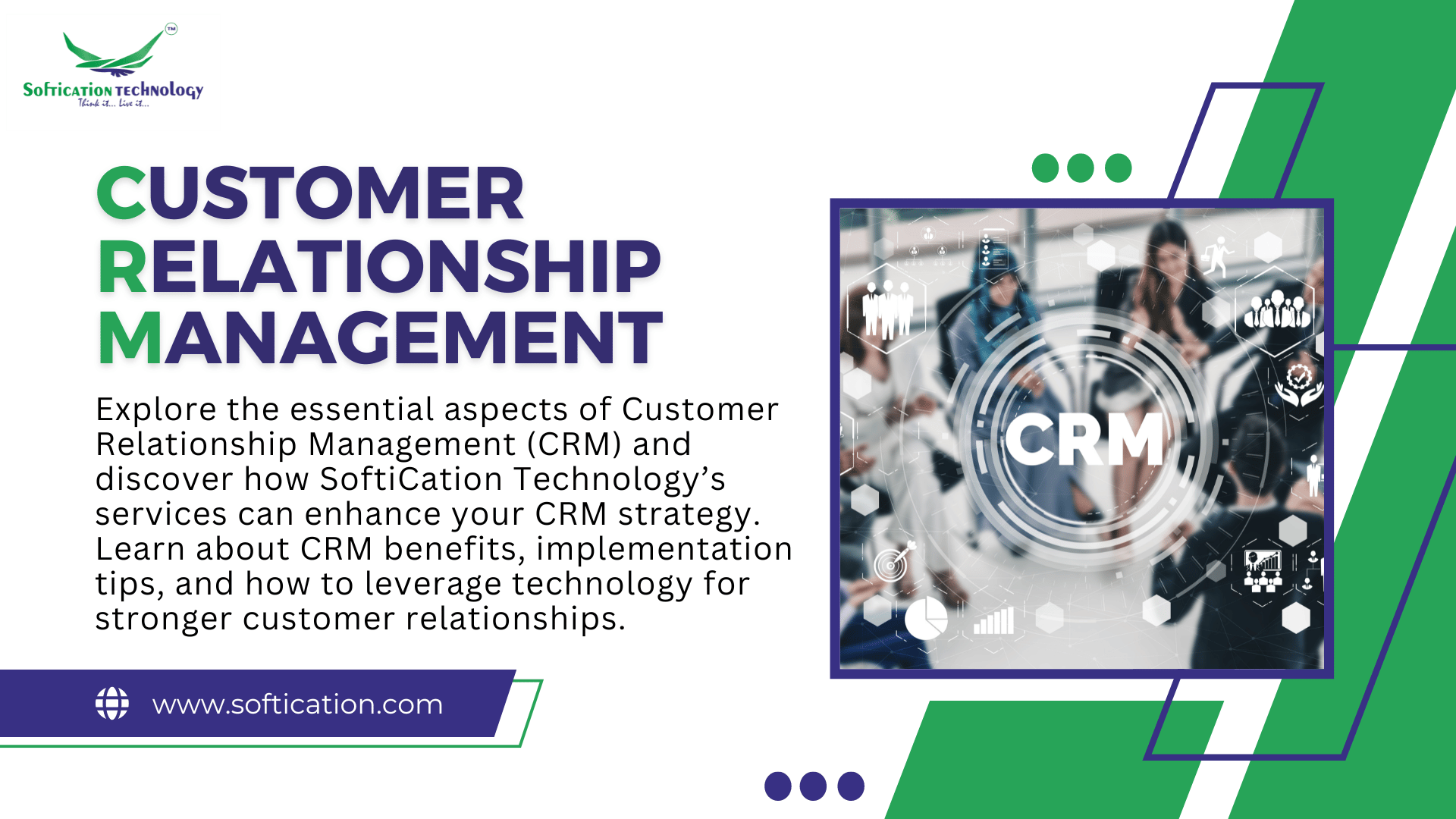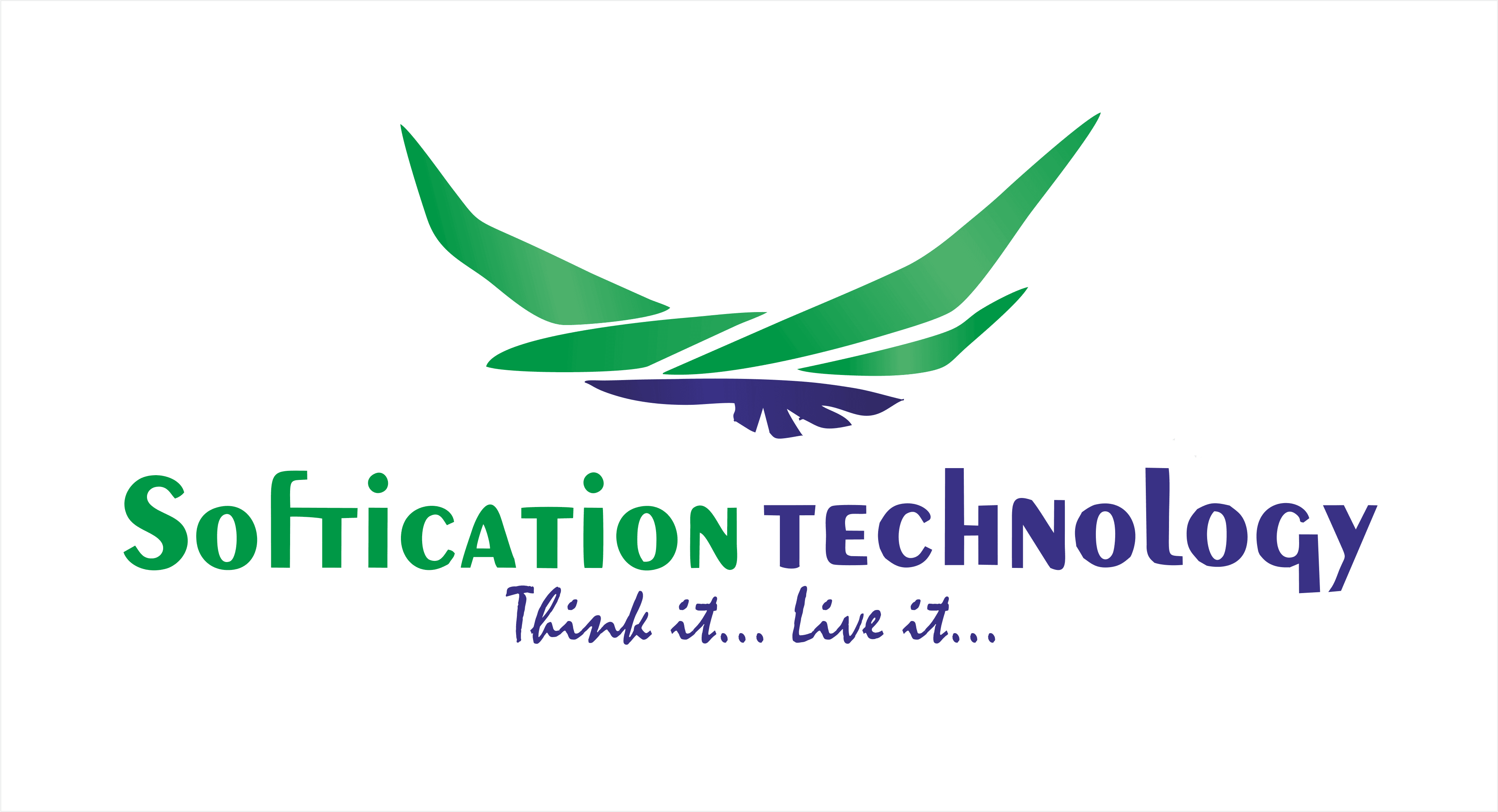With the rapid advancement of technology, cyber threats are also evolving. Hackers are becoming more sophisticated, and businesses must stay one step ahead to protect their websites from data breaches, malware, and other security threats. In this guide, we will explore how SoftiCation Technology can help secure your website from cyber threats in 2025.
Understanding the Cyber Threat Landscape in 2025
Cybersecurity threats are constantly evolving. In 2025, businesses face:
- Ransomware attacks: Malicious software that encrypts your data and demands a ransom.
- Phishing scams: Deceptive emails and websites designed to steal sensitive information.
- DDoS (Distributed Denial-of-Service) attacks: Overloading a website to disrupt service.
- SQL injection attacks: Exploiting database vulnerabilities to manipulate website data.
Knowing these threats is the first step in defending against them.
Implementing SSL/TLS Encryption
One of the simplest yet most effective ways to secure your website is by using SSL/TLS encryption. This ensures that all communication between your website and users remains private and protected. Google also prioritizes websites with SSL certificates, improving SEO rankings.
Steps to Implement SSL:
- Purchase an SSL certificate from a trusted provider.
- Install and configure the certificate on your web server.
- Redirect HTTP traffic to HTTPS.
Using Strong Authentication Methods
Passwords alone are no longer enough. Implement multi-factor authentication (MFA) for added security. MFA requires users to verify their identity through multiple methods, such as a password and a one-time code sent to their phone.
Best Authentication Practices:
- Enforce strong passwords (at least 12 characters with a mix of letters, numbers, and symbols).
- Implement biometric authentication for extra security.
- Use a password manager to prevent credential reuse.
Regularly Updating Software and Plugins
Outdated software is a hacker’s playground. Ensure that your website platform, plugins, and themes are always up to date. Automated updates can help keep your website secure without manual intervention.
Quick Tip: Enable auto-updates where possible and remove unnecessary plugins to reduce vulnerabilities.
Secure Hosting and Web Firewall Protection
Choosing a secure web hosting provider is crucial. Opt for a host that offers:
- 24/7 monitoring to detect suspicious activity.
- Firewalls and DDoS protection to prevent unauthorized access.
- Automated backups to restore your site in case of an attack.
Recommended Hosting Providers: Bluehost, Site Ground, Kinsta
Implementing Web Application Firewalls (WAFs)
A Web Application Firewall (WAF) filters and blocks malicious traffic before it reaches your site. This protects against SQL injections, XSS attacks, and DDoS threats.
Popular WAF Solutions:
- Cloudflare WAF
- Sucuri Firewall
- AWS Shield
Regularly Scanning for Malware
Malware can lurk in your website without noticeable effects until it's too late. Perform routine malware scans to detect and remove threats before they cause damage.
Best Malware Scanners:
- Sucuri SiteCheck
- Wordfence (for WordPress)
- Google’s Safe Browsing tool
Backing Up Your Website Regularly
Even with the best security measures, breaches can happen. Regular backups ensure that you can restore your website quickly in case of an attack.
Best Backup Strategies:
- Use cloud-based backups for added security.
- Automate backups to run daily or weekly.
- Store multiple backup versions in different locations.
Educating Your Team on Cybersecurity Best Practices
Human error is one of the leading causes of security breaches. Train your employees on cybersecurity best practices, including:
- Identifying phishing emails
- Using secure passwords
- Avoiding suspicious links and downloads
Regular security awareness training can prevent many cyber threats.
Monitoring Website Activity with Security Tools
Real-time monitoring helps detect and mitigate threats quickly. Use intrusion detection systems (IDS) and security analytics tools to keep an eye on suspicious activity.
Recommended Security Monitoring Tools:
- Google Security Scanner
- Splunk
- SiteLock
Implementing Content Security Policy (CSP)
CSP helps prevent cross-site scripting (XSS) attacks by restricting which resources can be loaded on your site.
How to Set Up CSP:
- Define allowed content sources in the HTTP header.
- Block inline scripts and unauthorized domains.
- Test CSP policies using browser developer tools.
Leveraging AI for Cybersecurity
Artificial Intelligence (AI) is revolutionizing cybersecurity. AI-based security solutions can:
- Detect anomalies in traffic patterns.
- Predict and prevent cyberattacks.
- Automate security responses in real time.
Recommended AI Cybersecurity Tools: Darktrace, IBM Watson for Cybersecurity
Conclusion
Cyber threats in 2025 are more sophisticated than ever, but with proactive security measures, you can safeguard your website effectively. SoftiCation Technology recommends SSL encryption, multi-factor authentication, regular software updates, WAF protection, malware scanning, and AI-based security solutions to keep your website secure.










